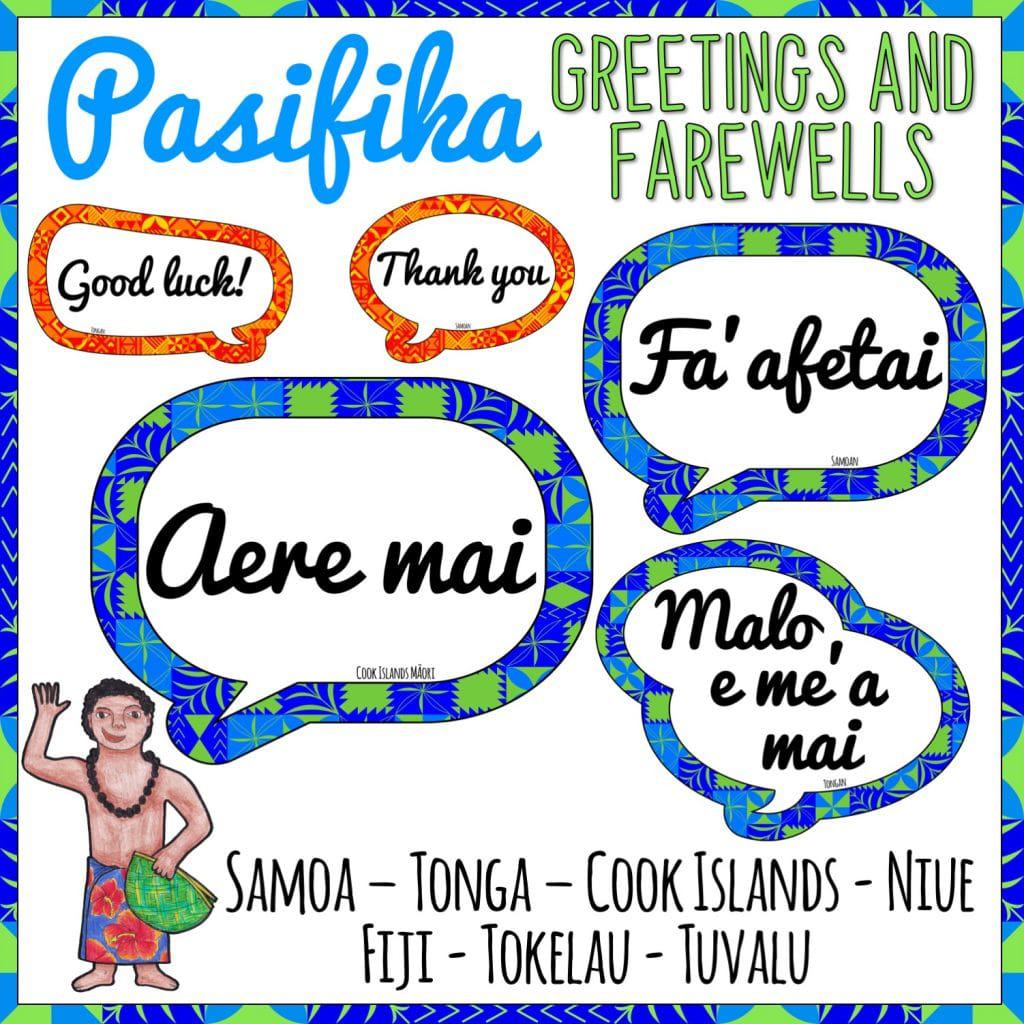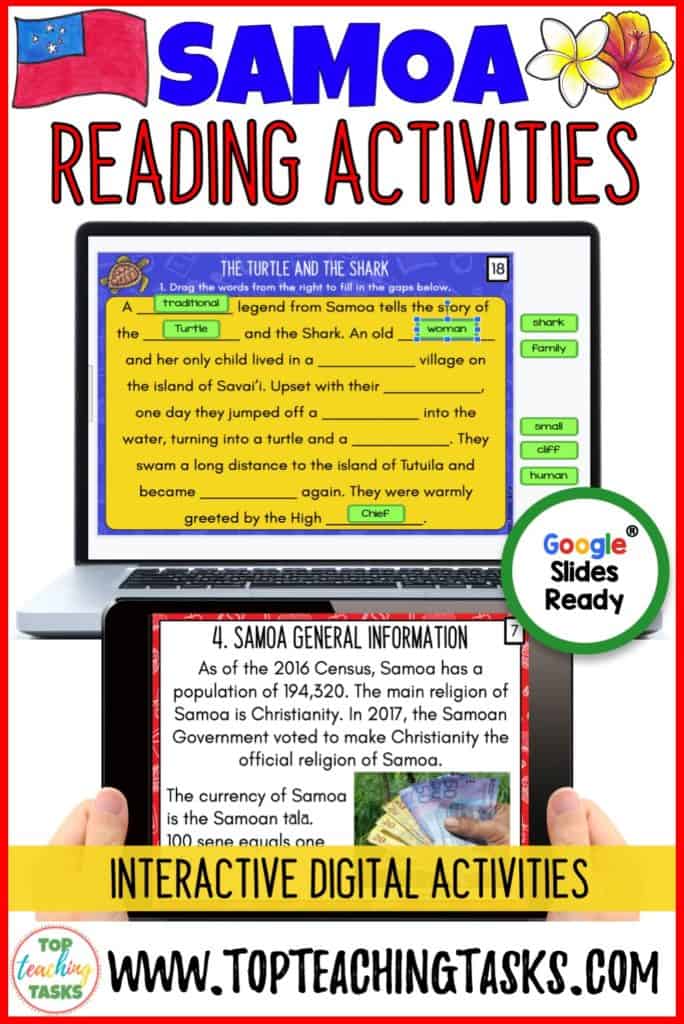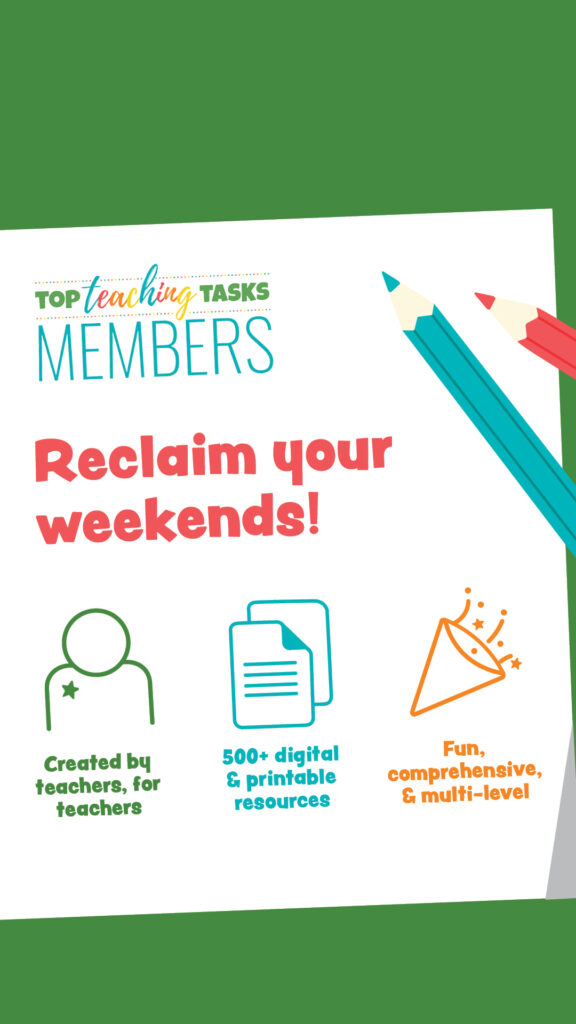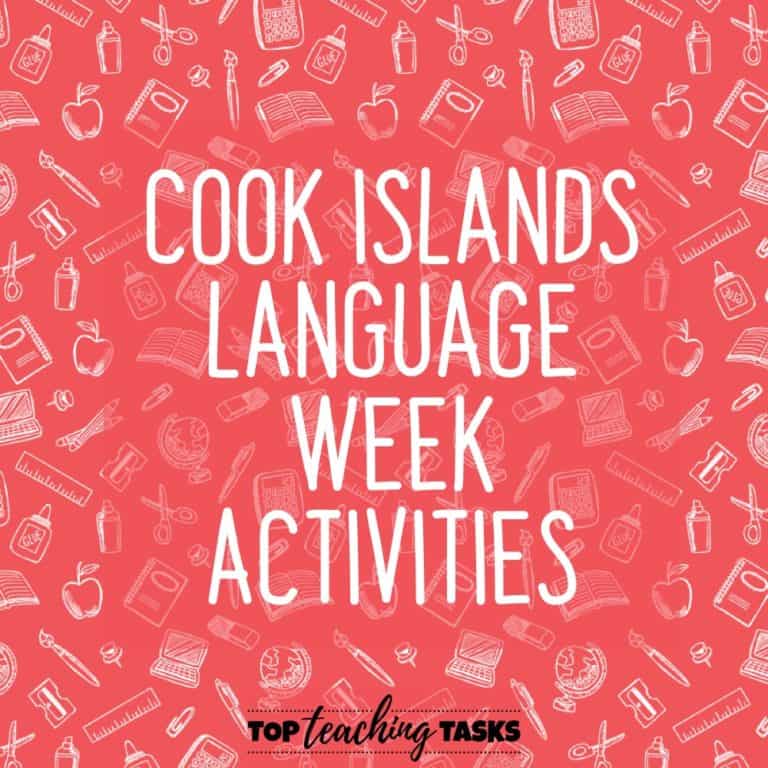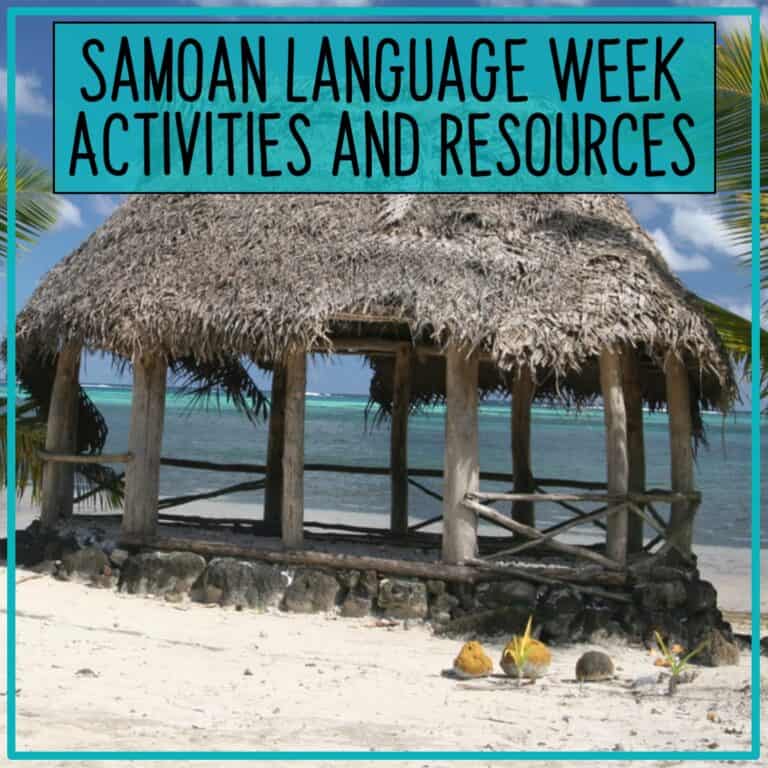Integrating Pasifika into your Classroom
A few statistics
Did you know?
- The Pacific peoples ethnic group was the fourth-largest major ethnic group in 2013, behind the European, Māori, and Asian ethnic groups.
- The Samoan ethnic group is the largest of our Pacific populations in NZ with 48.7% of people with Samoan heritage.
- The Samoan language is the third most commonly spoken language inNew Zealand, after English and te reo Māori.
- Seven Pacific nations celebrate a language week each year: Samoa, the Cook Islands, Tonga, Fiji, Niue, Tokelau and Tuvalu. You can find more information about the Pacific Language Weeks here.
Valuing Pasifika languages
As I stated in the introduction, students are more likely to achieve when they see themselves and their culture positively reflected in their classroom and learning. Therefore, as teachers, it is our responsibility to reflect back to students their culture and make them feel welcome in our learning spaces.
Core Education’s Pacific Education blog states,
While New Zealand has a particular responsibility under the Treaty of Waitangi and international law, to protect and promote te reo Māori as the indigenous language of New Zealand, it also has a special responsibility to protect and promote other languages that are indigenous to the New Zealand realm.
I love this quote from Teachers Pay Teachers:

Tips for integrating Pasifika into your classroom programme
There are lots of simple, practical ways of integrating Pasifika into your classroom programme to show that you value the Pacific language(s).
Pasifika Growth Mindset Posters
I recommend having a class brainstorm of phrases in English that encourage positive learning behaviour. Send those phrases home with children so that family members can translate them into Pasifika languages. When students see their language displayed in a poster or banner in the classroom, it shows value for their language and for them as individuals.
We have put together a set of Pasifika Growth Mindset posters that models this suggestion. Our phrases were translated and peer-reviewed from English into Samoan, Tongan and Cook Islands Māori from the team at the Pasifika Education Centre.
The growth mindset phrases include:
- Whether you think you can or think you can’t, you’re right. – Henry Ford
- All things are difficult before they are easy. – Thomas Fuller
- If you quit once it becomes a habit. Don’t quit. – Michael Jordan
- How can I improve?
- Mistakes are a part of learning.
- Take a risk.
- You can do it.
Click here to see our Pasifika Growth Mindset posters. Bring the languages of Samoa, Tonga and the Cook Islands into your classroom while promoting a classroom culture of inclusion and a “can do” attitude!
Pronunciation is Key
It may seem like such a simple thing, but taking the time to pronounce your students’ names correctly will speak volumes to them. If you are unsure how to pronounce a student’s name, ask for their help. Model this correct pronunciation to the class and encourage all students to use the correct pronunciation. Showing that you care about saying their name correctly is a way to show you care for them as a person. Our Pasifika classroom display resources come with pronunciation guides to help you out!
Our Pasifika Classroom Display Resources

One simple way of integrating Pasifika into your classroom is to use our Pacific Islands Classroom Display Labels. These feature the days of the week and months of the year in the languages of Samoa, the Cook Islands, Tonga, Fiji, Niue, Tokelau and Tuvalu. Make an attractive display and show that you value the Pasifika languages. With the words front and centre in your classroom, it becomes easy to try to use them throughout your day and to encourage their use.
Another simple way to bring Pacific Islands languages into your classroom is to learn some greetings and farewells. Our Pasifika Greetings and Farewell posters feature Samoa, Cook Islands Māori, Tonga, Fiji, Niue, Tokelau and Tuvalu greetings and farewells in vibrant speech bubble posters. You could display these as large posters or print them in a small size to use as a set of mix and match cards.
See our full range of Our Pasifika classroom display resources here.
NEW RESOURCE – Pacific Myths Passages and Activities for Year 3-4
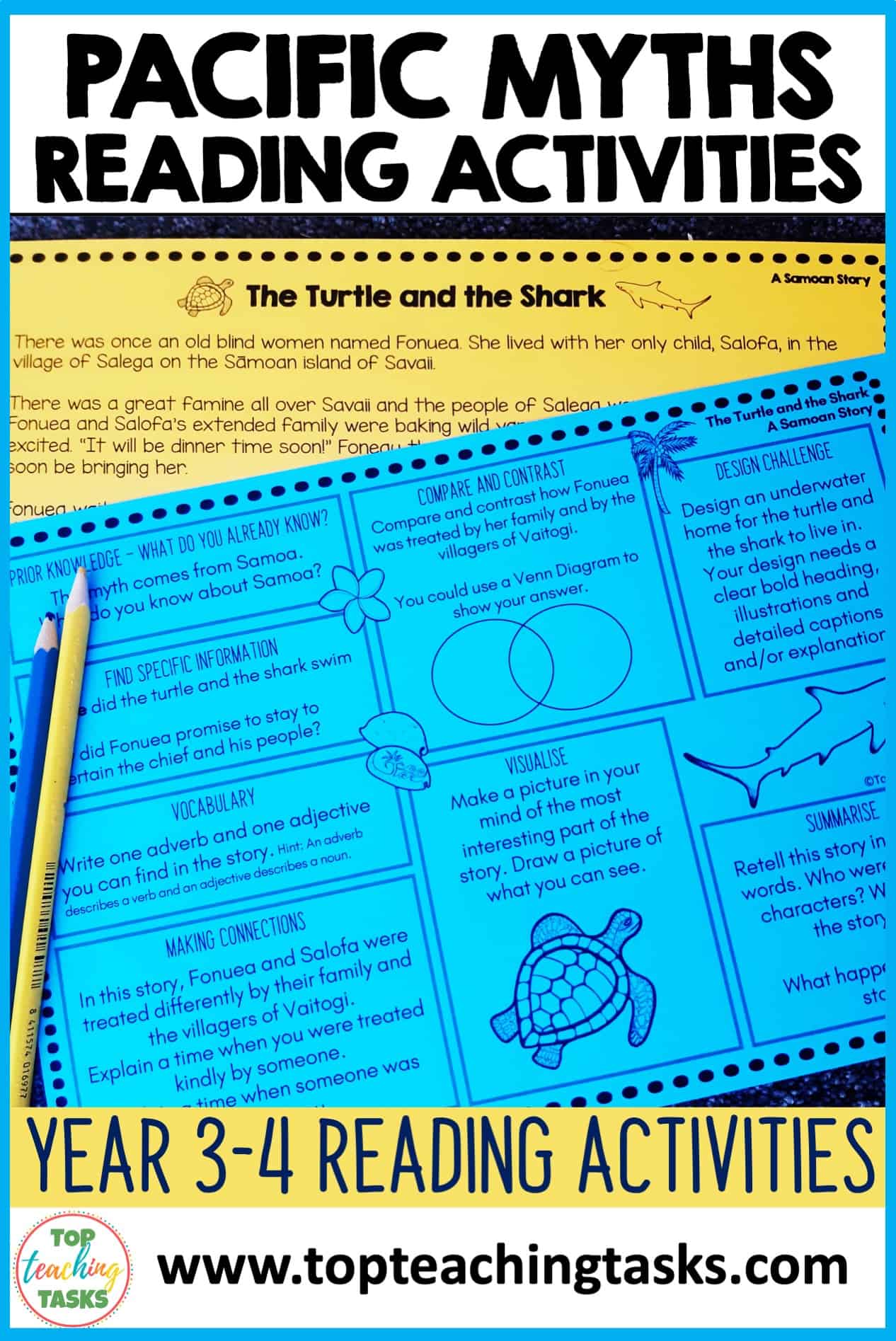
Digital Samoa Reading Activities – Perfect for Samoan Language Week
Engage your students in the study of Samoa with our paperless Samoa Digital Reading Comprehension Activity. Your students will learn about the geography, history, language, and culture of the Pacific nation of Samoa. Click here to see more.
Did you say Freebie?

We’ve put together a free Pacific Praise Phrase poster for you. Click here to sign up to our freebie library.



